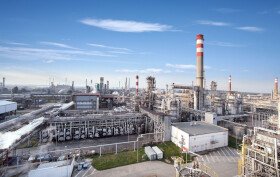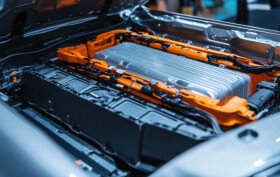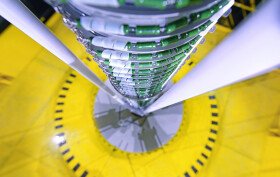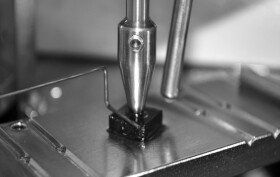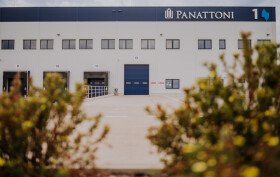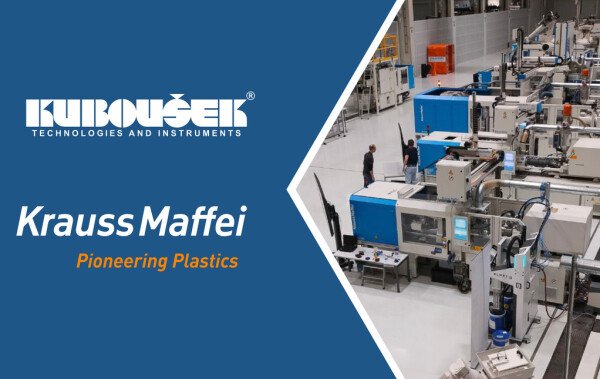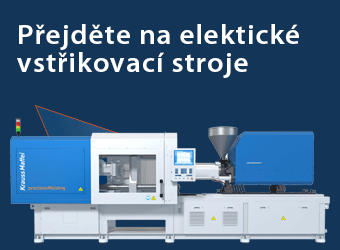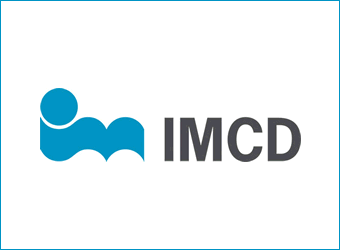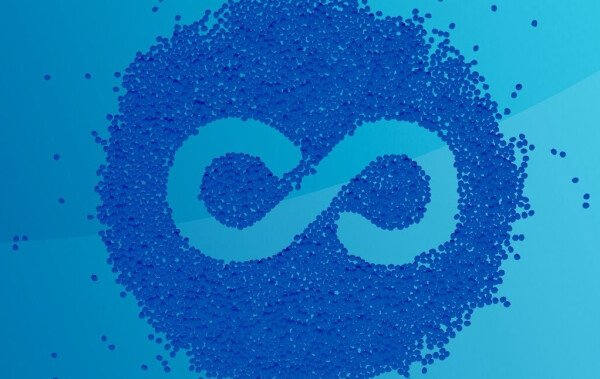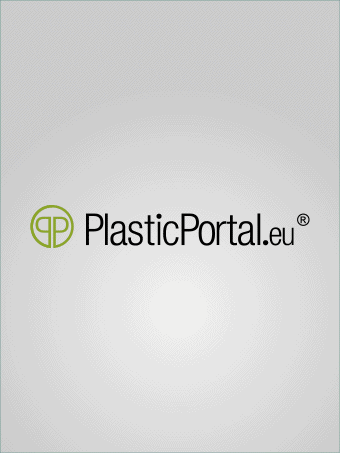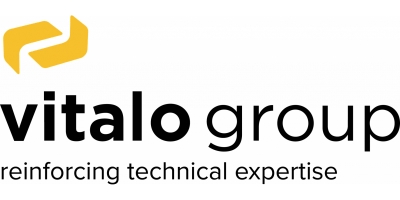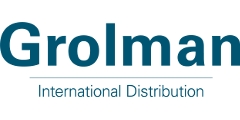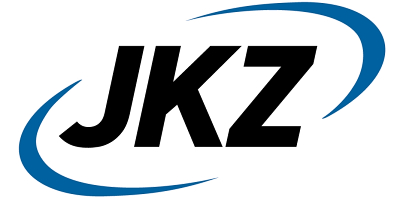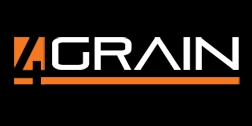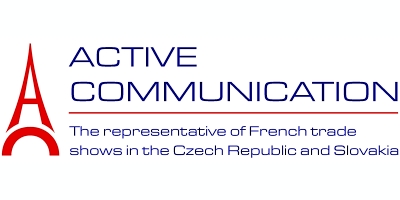Technical materials for hybrid and 100% electric cars brought by Addiplast
Addiplast, what are its activities?
 |
Addiplast Group has more than 110 employees spread over two sites and a production capacity of more than 30,000T. |
Our materials (PP, PA, ABS, PBT, PPS) are mainly intended for transport applications. We produce materials for the automotive industry that meet the ISO 14001 and IATF 16949 standards, as well as flame-retardant compounds according to the NF EN 45545-2 standard for the railway sector. These technical formulations are developed in our ADDISCIENCE® research and development center.
Our other activities focus on the 3E sector, construction, food, health and the cosmetics industry.
The rise of the hybrid and EV is challenging plastics manufacturers to produce increasingly high-performance parts. From your part, what material developments have you initiated to help them meet demand?
We work closely with European car manufacturers to understand their needs and develop materials that meet their specifications. All standards, such as UL94 V0 for fire resistance and FMVSS 302, which defines the combustion rate of materials, are required by the automotive industry.
Our developments are focused on a few specific grades of PA, PP, PBT, PPS under our ADDIFLAM® brand. These materials are intended for different applications, either in the battery (support, busbar...) or under the engine bonnet (electronic card boxes, casings...), or inside the vehicle for non-visible parts. For interior applications, we must also meet the requirements for odor and low levels of volatile organic compounds (VOCs), which is restrictive for fireproof materials. ADDIFLAM® J490M20FR Low Emi meets this requirement. As soon as the motorization is hybrid or electric, many parts are concerned by the evolution of the characteristics, especially for fireproofing. We have also developed solutions for coloring parts (orange one) connected to the battery, such as connectors, in order to comply with the new regulatory color code. Several ADDIFLAM® references (J 490M20FR, H 490M20FR, VHI 53063X or VBI 23041F), now used in series, are mineral-filled polypropylene or polyamide compounds or UL 94 V0 glass fiber compounds that meet these requirements.
 |
On the other hand, the saturation (expansion) of high-tech equipment is making vehicles heavier, while new standards on CO2 emissions are being imposed. What are the existing solutions to reconcile technicality and lightness?
Vehicles are becoming increasingly heavy. This can also be due to the switch onto hybrid or electric vehicles, whose components add significant weight. In addition to CO2 emission standards, there are plans to introduce new penalties for vehicle weight, starting at 1800 kg, which should come into force in 2022 and could put a brake on purchases. Lighter vehicles are an current issue, then.
However, a dilemma arises for manufacturers: lighter vehicles, but at what price? The cost of substitute materials, which will make the vehicle lighter, must be in line with that of the original materials.
On the one hand, we are working on compounds based on PP and natural fibers for a weight saving of around 20%, replacing more traditional reinforcements such as glass fibers or mineral fillers. The use of natural fibers is becoming more and more widespread, especially for door panels, dashboards, trunk boards, etc. The materials in the ADDIBIO Renew® range make it possible (lightweighting), such as the GJI 53116 reference, officially listed on the Renault 2020 Material Panel and the PSA 2020 Material Policy for structural parts.
On the other hand, we are developing our ADDITEC® range, with materials reinforced with recycled carbon fibers on a polypropylene matrix (ADDITEC® CGI 53081), or polyamide (ADDITEC® CBI 22049). However, while Germany often uses carbon fibers, the French market is much more cautious. Relevant? The price of these materials remains high, which requires a complete redesign of the often metal-plastic parts, in order to reason by functionality.
 |
What are the main requirements for the development of plastic compounds for the automotive industry?
The automotive industry requires specific compounds that are off the beaten track. We can distinguish three types of requirements that constantly challenge us:
- Regulatory: reducing the carbon footprint is the main one. The search for mass savings is therefore very important. Our answers on weight reduction in natural fibers or carbon fibers contribute to this. Requirements in terms of fire resistance for electric or hybrid vehicles are new constraints compared to conventional engines.
- Environmental: manufacturers wish to integrate more recycled or natural fiber-reinforced materials. Life cycle assessments (LCA) are less environmentally impacting with these materials. The challenge is to obtain the same characteristics, in a repeatable manner, compared to the materials usually used.
- Economical: the challenge is to design ever more technical materials while taking into account our customers' cost control.
These requirements come from the automotive sector, but also from all other industries.
What development prospects do you have within the Addiplast Group?
ADDIPLAST GROUP has experienced strong growth over the last five years, and we wish to continue our future development with the same intensity. Through our 2nd industrial site, Addikem, we have complementary know-how dedicated to the development of heat-sensitive (fluorinated) and flame-retardant products using Buss technology (co-kneader). The next growth will undoubtedly also be in complementary know-how to that of today, whether technological or native to the world of chemistry and the formulation of technical polymers.
Since the creation Addiplast Group, innovation has been the guiding thread of our activities and with this integral approach, our objective is to target new markets by offering each customer adapted material solutions.
-
ADDIPLAST GROUP
Self-extinguishing treatment and coloring of plastic compounds and masterbatches - polyamides, polyolefins, styrenes, polyesters for injection and...
OSMOS: We will help you design and manufacture a plastic product exactly according to your ideas
21.2.2025 Do you have an idea for a great plastic product but don’t know where to start? At OSMOS, we’ll help bring your ideas to life. We will design the product and ensure the production of precise injection molds, as well as flawless processing,...










